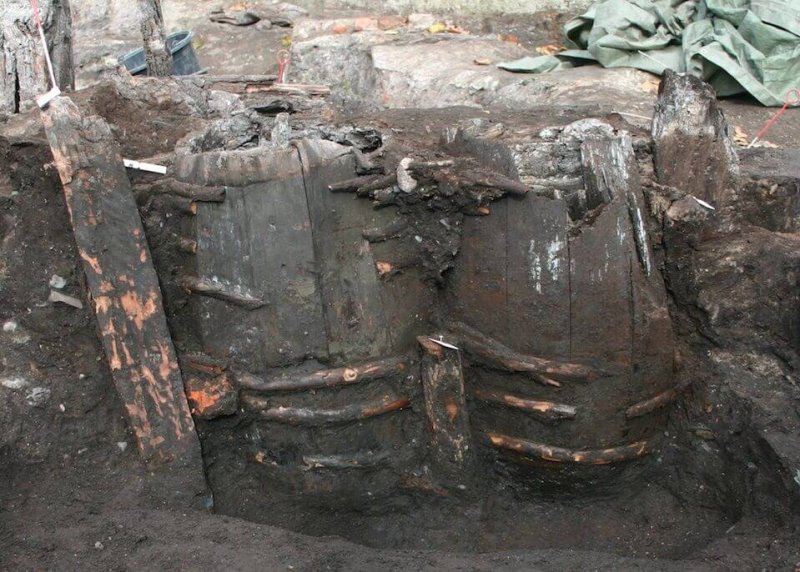…
By identifying parasites associated with different animals, the research offers a glimpse into what people in these particular places and times ate, as well as which animals they shared their living spaces with. We spoke with study author Martin Søe to learn more about his findings and the techniques that made them possible.
…
Søe: Perhaps most straightforwardly, people used latrines for much more than their own feces. The presence of parasite eggs from pig tapeworm, horse roundworm, mouse whipworm, and sheep and goat tapeworm clearly shows that feces from these animals were also thrown into the latrines. This indicates that the animals lived in the close proximity to the sampled locations. The identification of fish and pig tapeworms shows that people ate raw or undercooked meat.
…
Our findings are basically two-fold. First, that the remains of parasite, animal, and plant DNA can paint a picture of how humans lived in a given place and time. Second, by using shotgun sequencing, we obtained a broad sampling of the DNA remaining in the samples.
Read full, original post: Ancient latrines contain DNA clues about past diets, hunting, and animal domestication































